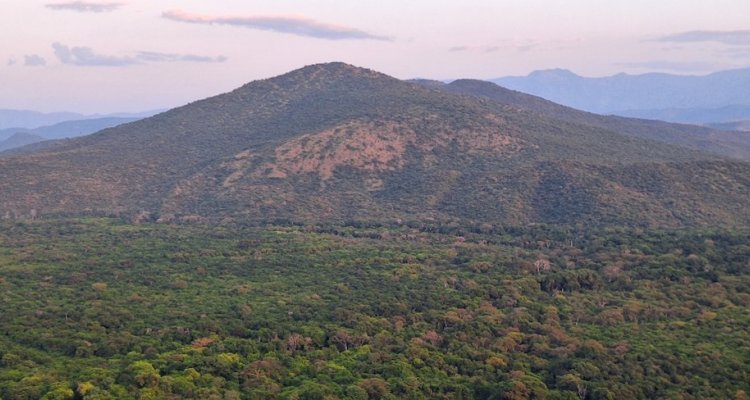
Student information
MSc thesis topic: The evolution of land-use in lake basins: insights from satellite imagery and deep learning in Lake Tana and Abaya-Chamo lake basins.
Socioeconomic factors increase the complexity of land-use transitions in the tropics. Assessing long-term land-use dynamics is important for understanding transitions and their drivers as well as their impact on the ecosystem. Owing to the long history of agricultural practices, landscapes have passed through a mix of complex land-use types, including subsistence cropland farming, pastoralism, shifting cultivation, forestry, and wood production. However, following population pressure, economic demands, resource consumption, and depletion, land-use changes have shifted towards more intensive agriculture and urban expansion in the past decades. The shift from traditional agriculture to intensive agriculture has led to the removal of the remaining vegetation from natural landscapes and marginal lands. Consequently, these disrupt the socio-ecological interactions of ecosystems. Understanding land-use changes and their drivers as well as their consequences is important and needs to be studied for the overall goal towards sustainable land-use.
In this thesis, you will work with long-term satellite image data in the two case study lake basins in Ethiopia. The study addresses land-use changes over a long period and provides a comprehensive understanding of the driving factors behind these changes and their implications. It aims to explore land-use patterns and trends in two lake basin case study areas in the tropics. In addition, it addresses how recent Green Legacy Initiative restoration initiatives have impacted land-use dynamics.
A pre-trained and well-established fully Convolutional Neural Network (CNN) U-Net deep learning classification model by Masolele et al., (2022) will be adapted to classify land-use. The model has been developed to predict land-use following deforestation for Ethiopia and using transfer learning approaches, it will be adapted to map land-use in the Lake Tana and Abaya-Chamo basins. To reduce year-to-year variability caused by mapping errors, post-processing methods such as the Hidden Markov Model will be used.
Objective
- The primary objective of this study is to investigate land-use changes over a long period and provide a comprehensive understanding of the driving factors behind these changes.
Research questions
- How have land-use patterns and trends in the lake Tana and Abaya-Chamo lake basins evolved over time, including recent land restoration activities?
- What is the impact of the Green Legacy Initiative (GLI) restoration project on the trend of land-use classes?
- What are the key factors driving the land-use changes in the Lake Tana and Abaya-Chamo basins?
Requirements
- Advanced Earth Observation
- Deep learning
- Geo-scripting
Literature and information
- Masolele, R. N. et al. (2022). Using high-resolution imagery and deep learning to classify land-use following deforestation: a case study in Ethiopia. GISci. Remote Sens. 59(1), 1446–1472.
- Ronneberger, O., P. Fischer, and T. Brox. U-Net: Convolutional Networks for Biomedical Image Segmentation. in Medical Image Computing and Computer-Assisted Intervention – MICCAI 2015. 2015. Cham: Springer International Publishing.
- Abercrombie, S.P. and M.A. Friedl, Improving the Consistency of Multitemporal Land Cover Maps Using a Hidden Markov Model. IEEE Transactions on Geoscience and Remote Sensing, 2016. 54(2): p. 703-713.
- Tsendbazar, N., et al., Towards operational validation of annual global land cover maps. Remote Sensing of Environment, 2021. 266.
Theme(s): Sensing & measuring, Integrated Land Monitoring